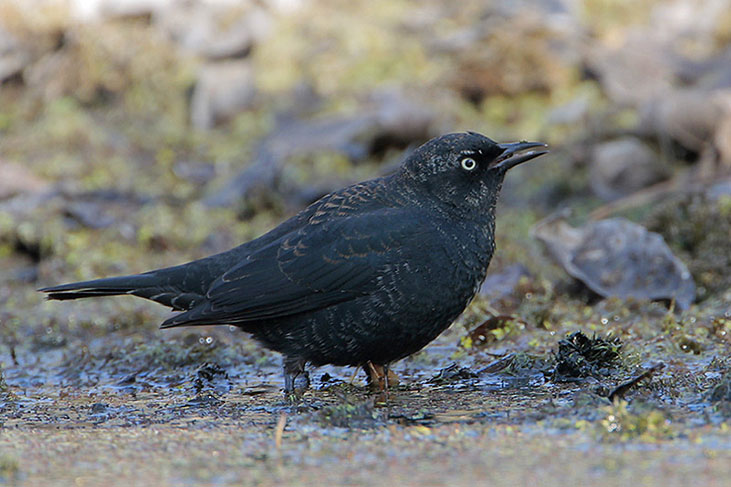
Step into the world of open fields, where the sun shines bright, the grass is green, and the birds soar high!
If you’re a bird lover, then you know that open fields are home to some of the most incredible avian species around. From the adorable meadowlark to the majestic red-tailed hawk, these birds are a sight to behold.
In this article, we’re going to take a closer look at the birds often seen in open fields.
On this page
Herons, Egrets and Bitterns – Family Ardeidae
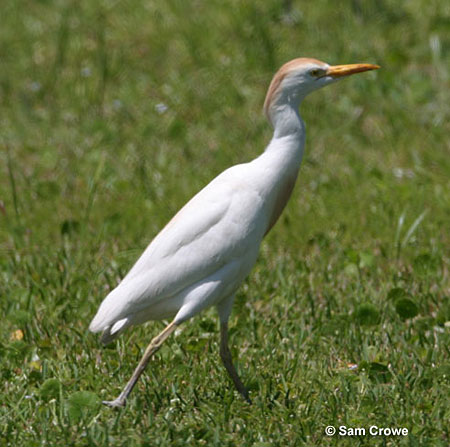
The Cattle Egret is often seen searching for insects, snakes or frogs. As its name suggests, it is often seen around cattle.
The Cattle Egret is a medium-sized bird that is native to Africa and southern Europe, but has been introduced to many other parts of the world, including North America, South America, Australia, and Asia. It is a member of the Ardeidae family and is commonly found in grasslands, wetlands, and agricultural areas.
The Cattle Egret is easily recognizable by its distinctive appearance, which includes a plump body, a short tail, and a relatively short, thick bill. The bird’s plumage is white with a yellow bill and legs. In the breeding season, the Cattle Egret may have plumes of feathers on its back and neck.
Hawks, Kites, Eagles – Family Accipitridae
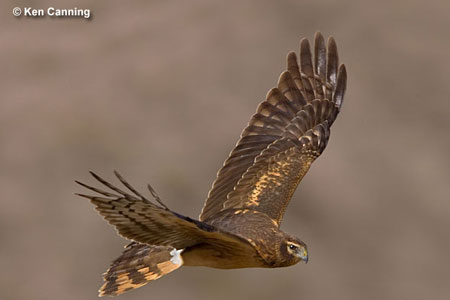
The Northern Harrier flies low over open fields in search of prey. A bright white rump patch is often visible.
The Northern Harrier, also known as the Marsh Hawk, is a medium-sized bird of prey that is native to North America and Eurasia. Being a member of the Accipitridae family and is commonly found in wetlands, marshes, and grasslands.
The Northern Harrier is easily recognizable by its distinctive appearance, which includes a long, narrow tail, a small head, and a long, narrow wingspan. The bird’s plumage is gray on the upperparts and white on the underparts, with a distinctive white rump that is visible when it is in flight. The Northern Harrier also has a large, rounded face and yellow eyes, which give it a distinctive appearance.
Gulls, Terns and Skimmers – Family Laridae
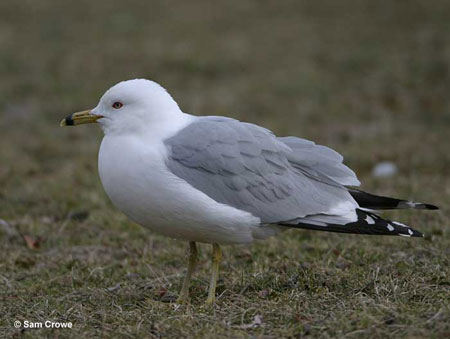
The Ring-billed Gull is widespread. Almost always seen in flocks, some quite large. Seen in fields, mall parking lots, and a variety of other locations.
The Ring-billed Gull is a medium-sized gull that is native to North America. It is a member of the Laridae family and is commonly found near freshwater and saltwater habitats, including lakes, rivers, and coastal areas.
The Ring-billed Gull is easily recognizable by its distinctive appearance, which includes a gray back, white head and underparts, and black wingtips with white spots. The most distinctive feature of the Ring-billed Gull is the thin, black ring around its bill. Juvenile birds are mottled brown with a dark bill.
Blackbirds, including Meadowlarks, Blackbirds, Grackles, Orioles – Family Icteridae
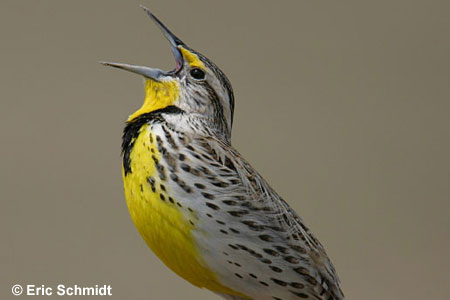
The Western Meadowlark (shown here) and the Eastern Meadowlark are very similar in appearance. They prefer a short-grass habitat.
The Western Meadowlark is a medium-sized bird that is native to North America. It is a member of the Icteridae family and is commonly found in grasslands, prairies, and agricultural areas.
It is easily recognizable by its distinctive appearance, which includes a plump body, a short tail, and a relatively long, straight bill. The bird’s plumage is typically brown and streaked on the upperparts, with a white belly and yellow throat. It also has a distinctive, flute-like song that is often heard in the open grasslands where it lives.

